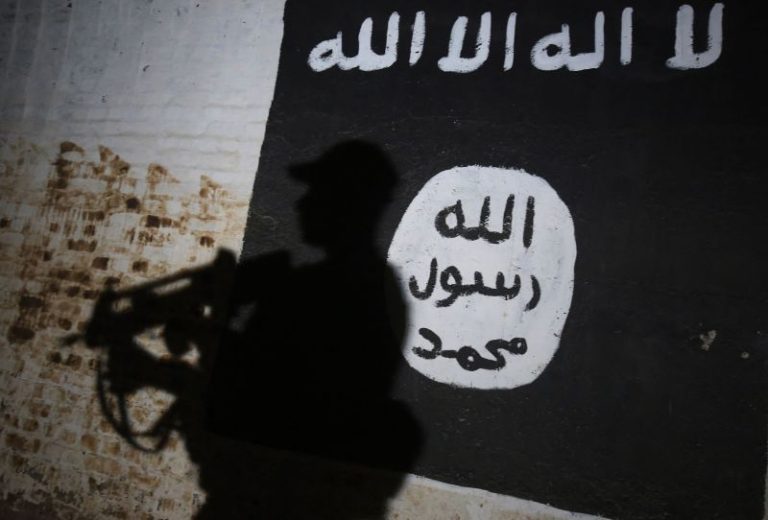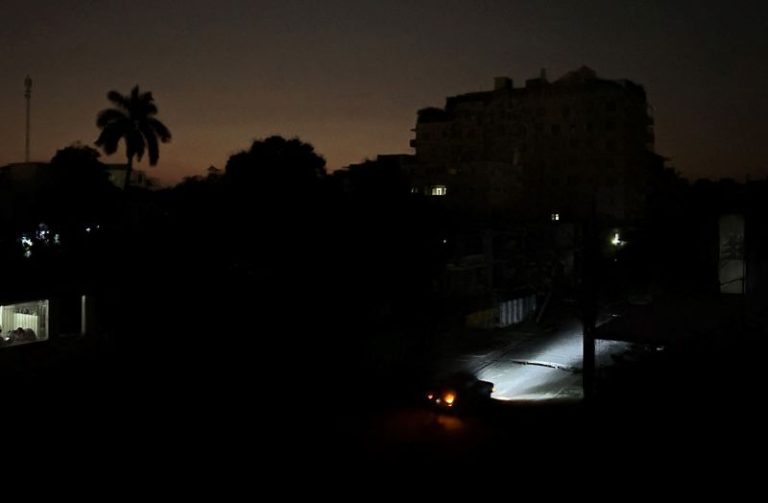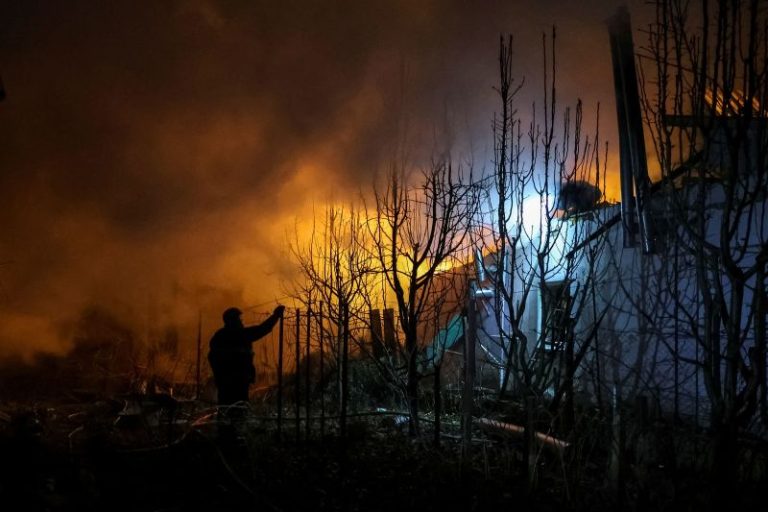The head of the Islamic State in Iraq and Syria has been killed in Iraq in an operation by members of the Iraqi national intelligence service along with US-led coalition forces, the Iraqi prime minister announced Friday.
“The Iraqis continue their impressive victories over the forces of darkness and terrorism,” Prime Minister Minister Mohammed Shia al-Sudani said in a statement posted on X.
Abdallah Maki Mosleh al-Rifai, or “Abu Khadija,” was “deputy caliph” of the militant group and “one of the most dangerous terrorists in Iraq and the world,” the statement said.
On his Truth Social platform Friday night, US President Donald Trump said: “Today the fugitive leader of ISIS in Iraq was killed. He was relentlessly hunted down by our intrepid warfighters” in coordination with the Iraqi government and the Kurdish regional government.
“PEACE THROUGH STRENGTH!” Trump posted.
A security official said the operation was carried out by an airstrike in Anbar province, in western Iraq. A second official said the operation took place Thursday night but that al-Rifai’s death was confirmed Friday. They spoke on condition of anonymity because they were not authorized to comment publicly.
The announcement came on the same day as the first visit by Syria’s top diplomat to Iraq, during which the two countries pledged to work together to combat IS.
Iraqi Foreign Minister Fouad Hussein said at a news conference that “there are common challenges facing Syrian and Iraqi society, and especially the terrorists of IS.” He said the officials had spoken “in detail about the movements of ISIS, whether on the Syrian-Iraqi border, inside Syria or inside Iraq” during the visit.
Hussein referred to an operations room formed by Syria, Iraq, Turkey, Jordan and Lebanon at a recent meeting in Amman to confront IS, and said it would soon begin work.
The relationship between Iraq and Syria is somewhat fraught after the fall of former Syrian President Bashar al-Assad. Al-Sudani came to power with the support of a coalition of Iran-backed factions, and Tehran was a major backer of Assad. The current interim president of Syria, Ahmad al-Sharaa, was previously known as Abu Mohammed al-Golani and fought as an al-Qaida militant in Iraq after the US invasion of 2003, and later fought against Assad’s government in Syria.
But Syrian interim Foreign Minister Asaad Hassan al-Shibani focused on the historic ties between the two countries.
“Throughout history, Baghdad and Damascus have been the capitals of the Arab and Islamic world, sharing knowledge, culture and economy,” he said.
Strengthening the partnership between the two countries “will not only benefit our peoples, but will also contribute to the stability of the region, making us less dependent on external powers and better able to determine our own destiny,” he said.
The operation and the visit come at a time when Iraqi officials are anxious about an IS resurgence in the wake of the fall of Assad in Syria.
While Syria’s new rulers – led by the Islamist former insurgent group Hayat Tahrir al-Sham – have pursued IS cells since taking power, some fear a breakdown in overall security that could allow the group to stage a resurgence.
The US and Iraq announced an agreement last year to wind down the military mission in Iraq of an American-led coalition fighting the Islamic State group by September 2025, with US forces departing some bases where they have stationed troops during a two-decade-long military presence in the country.
When the agreement was reached to end the coalition’s mission in Iraq, Iraqi political leaders said the threat of IS was under control and they no longer needed Washington’s help to beat back the remaining cells.
But the fall of Assad in December led some to reassess that stance, including members of the Coordination Framework, a coalition of mainly Shiite, Iran-allied political parties that brought current Iraqi Prime Minister Mohammad Shia al-Sudani to power in late 2022.



